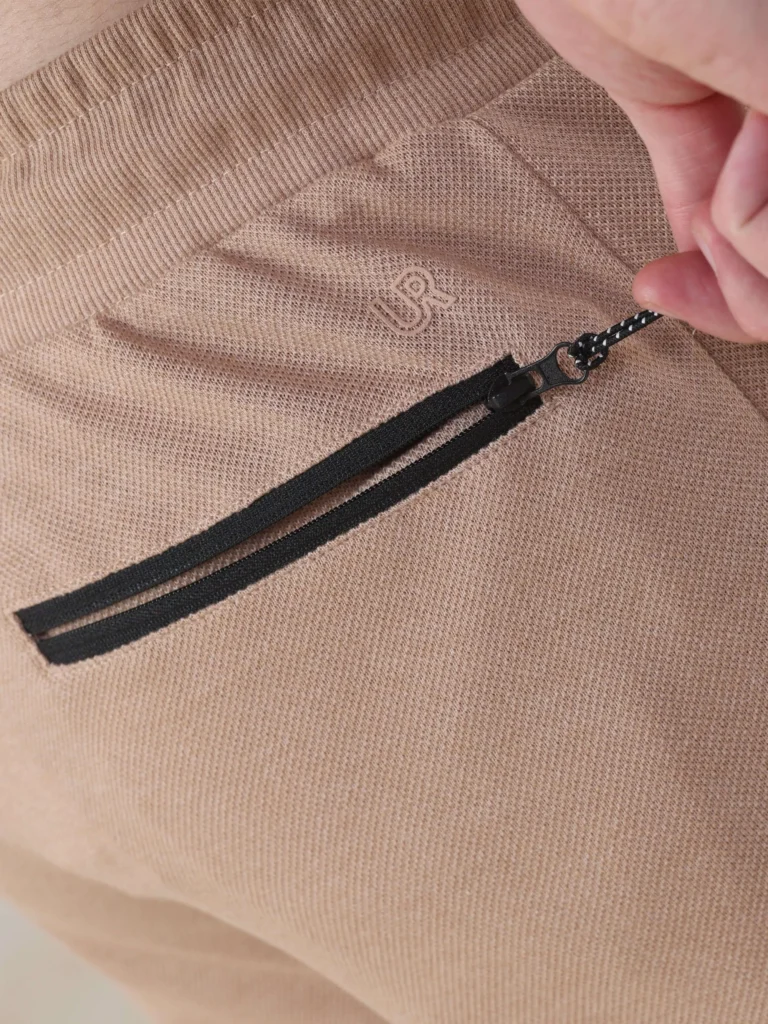Revolutionizing Fashion with Technology
30 days no wash travel jeans
In a world where fashion meets functionality, Intelligent Apparel is rewriting the rules of clothing. Imagine a t-shirt that repels stains, jeans that don’t need washing for 30 days, and socks that stay fresh for an entire week. Sounds like magic, right? But it’s not magic—it’s innovation. New blending cutting-edge technology with everyday apparel to create garments that are as smart as they are stylish.
The Magic Behind the Fabric
With a simple yet revolutionary idea: what if clothes could be more than just fabric? What if they could solve everyday problems like stains, odors, and discomfort? This vision led to the creation of intelligent apparel powered by hydrophobic technology.
What is hydrophobic technology?
Hydrophobic technology in apparel refers to the use of special coatings or treatments that make fabrics resistant to water. When water comes in contact with these fabrics, it forms droplets that roll off rather than soaking in. This keeps the clothing dry, comfortable, and protected from the elements, even in rainy or wet conditions. The technology works by modifying the fabric at a microscopic level, creating a surface that reduces the fabric’s ability to absorb moisture. This makes hydrophobic clothing ideal for outdoor activities like hiking, camping, or rainy-day wear.
This technology is widely used in jackets, shoes, and outdoor gear, providing a practical solution for staying dry without adding bulky layers. Hydrophobic-treated fabrics are also popular in activewear, offering athletes and fitness enthusiasts protection from sweat and light rain without compromising breathability or comfort. With continued advancements, hydrophobic technology is being incorporated into more fashion items, helping people stay dry while maintaining style and functionality.
for this technology, an anti-stain t-shirt. Coffee, juice, and even cold drinks were poured onto the fabric, but not a single drop left a stain. The secret? A nanocoating that repels liquids and prevents stains from setting in. But that’s not all—the fabric is also antibacterial, antifungal, and anti-odor, making it perfect for those who lead active lifestyles.
Reducing the need for frequent washing, consumers save water and energy, making fashion more eco-friendly.
A Sustainable, Innovative Future
A sustainable, innovative future in the context of hydrophobic technology in apparel goes beyond just enhancing water resistance—it also aims to reduce environmental impact, improve the longevity of products, and promote responsible consumption. Traditional waterproofing methods often rely on harmful chemicals that can be damaging to both the environment and human health. However, with the rise of more eco-friendly, hydrophobic treatments, the fashion industry is beginning to shift toward greener, more sustainable solutions. For example, some modern hydrophobic coatings are made from natural or biodegradable materials that provide water resistance without the use of toxic chemicals like perfluorocarbons (PFCs). This aligns with the growing demand for sustainable fashion, where consumers are looking for products that not only perform well but also reduce environmental harm.
Innovative advancements in hydrophobic technology are also leading to longer-lasting apparel. By enhancing fabrics with water-resistant properties, the lifespan of clothing can be extended. This reduces the frequency of washing, which in turn conserves water, energy, and reduces the wear and tear on fabrics. Additionally, hydrophobic technology can make clothing easier to clean and maintain, cutting down on the need for harsh detergents and excessive washing cycles. As brands continue to innovate with these sustainable technologies, we can look forward to a future where clothing not only keeps us dry and comfortable but also helps reduce our overall environmental footprint. This approach to fashion, blending innovation and sustainability, promises a future where performance and environmental responsibility go hand in hand.


